Suggestive Chinese textbook illustrations: An infiltration by the West?
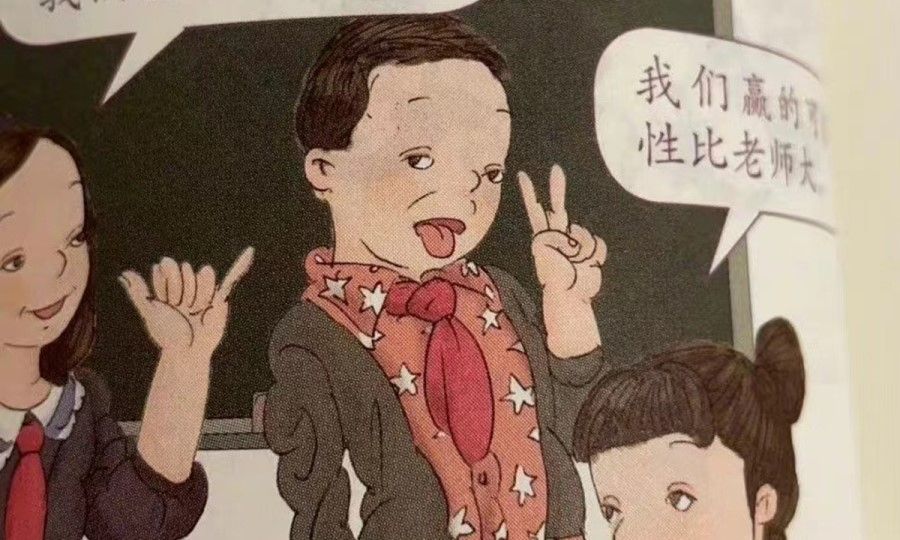
Recently, illustrations in primary school mathematics textbooks published by the Chinese education ministry's People's Education Press (PEP) have come under fire.
Nationwide checks and accountability
Yielding to public pressure, on 28 May, the education ministry instructed the PEP to redo the illustrations and have the new textbooks printed in time for the autumn school term. A nationwide check would also be conducted on all primary and secondary school textbooks.
That same day, the PEP issued an apology detailing the amendments that would be made. But it seems that the public will not be easily appeased. On 29 May, Legal Daily ran a commentary asking if it was enough just to apologise and promise to make changes.
The commentary asserted that an apology and a promise of change alone would not eradicate "poisonous" publications, especially if the root cause was not addressed and no one was held accountable.
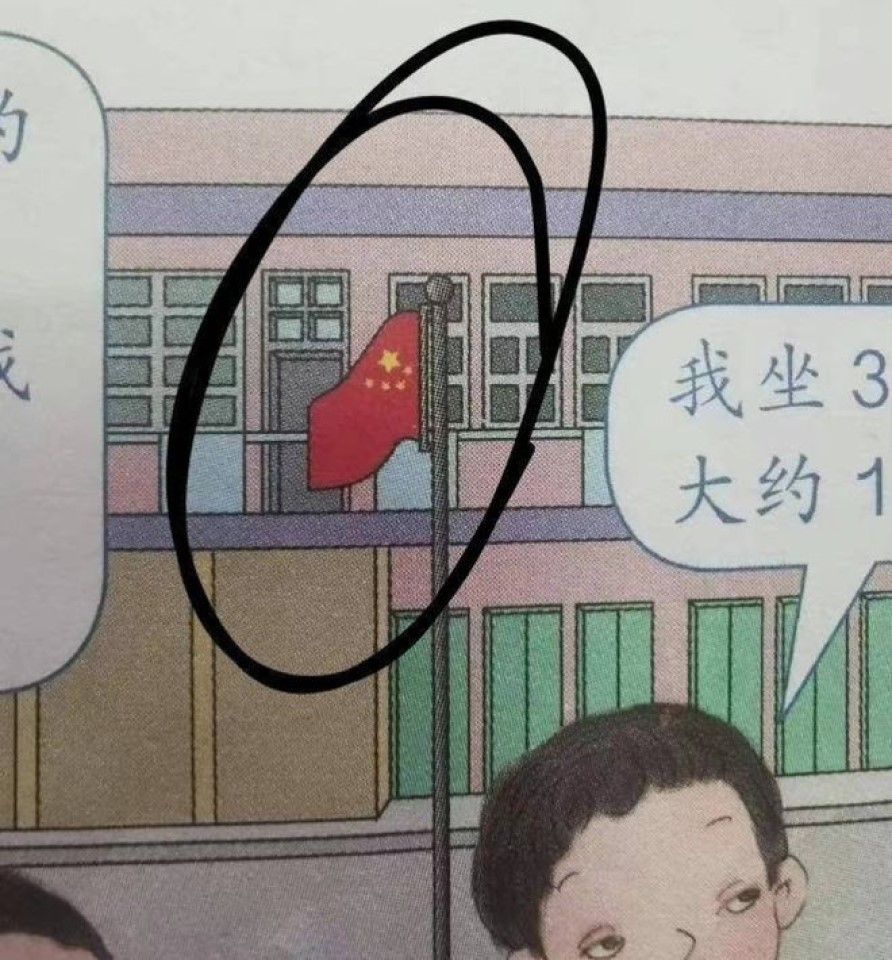
China's publishing laws state that publications for minors should not induce imitation of any immoral or criminal acts. Neither should it cause harm to physical and mental health, for instance by depicting horror or cruelty. Locally produced or imported publications containing such content violated criminal law and would be investigated for criminal responsibility.
The commentary asserted that an apology and a promise of change alone would not eradicate "poisonous" publications, especially if the root cause was not addressed and no one was held accountable.
[Netizens] suspected a more sinister reason and guessed that negative Western influences were infiltrating China's next generation.
It called for wariness of the ugly being disguised as the "good". Furthermore, improvement could not be attained with mere apologies. Thorough investigations of culpability and proper accountability would be more effective deterrents.
Different types of aesthetics?
Funnily enough, the incident began as a debate over "aesthetics". Some parents complained that the characters looked odd and ugly. But as the discussion developed, people found bigger problems with the illustrations, detecting sexual connotations as well as flags being incorrectly drawn, and children in the story seen as wearing clothes with the American stars and stripes. Also, there was a Japanese flight number on an aeroplane.
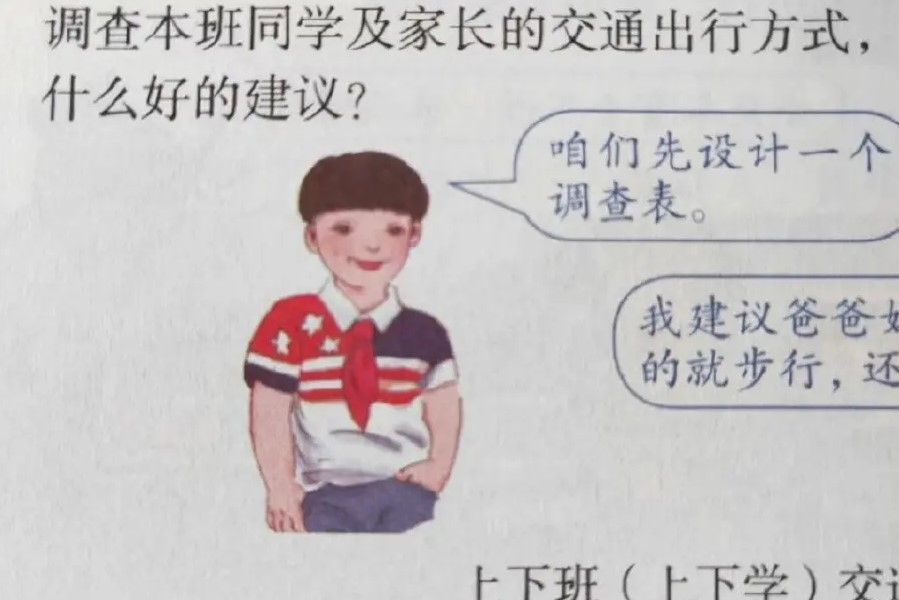
As sentiments evolved, many saw more than an issue of professional competence. They suspected a more sinister reason and guessed that negative Western influences were infiltrating China's next generation. Illustrator Wu Yong's expression of unhappiness with the authorities' stifling influence on innovation was cited as an example.
During the debate on aesthetics, some internet celebrities defended the illustrator. Wuheqilin (real name Fu Yu), also known as "Wolf Warrior Painter", surmised that the publisher's budgetary constraints might have led to the employment of amateur artists.
Fashion vlogger and publisher Hong Huang mused that seeking consensus on such a subjective matter as aesthetics is futile. Aesthetics education should instead aim to help students find their own sense of beauty. There is therefore nothing wrong with the illustrations. In fact, disproportionate features often appeal to children, like clowns in a circus.
In a good number of textbook illustrations, the faces of foreigners are often cheerful but those of Chinese children are not only ugly but sickly.
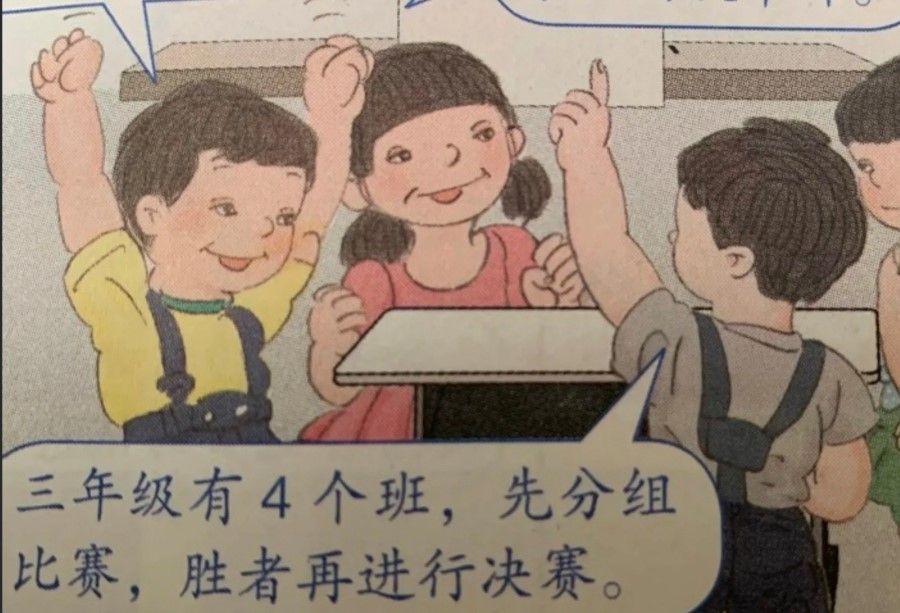
However, many netizens disagreed with these internet celebrities, saying that Wuheqilin was mercenary and that Hong was muddling concepts, missing the point and feigning ignorance.
On 26 May, Hong posted an apology, writing, "I was wrong, I am sorry. These illustrations are inappropriate, nothing to do with aesthetics."
Over the past few days, public criticisms of the textbook illustrations have escalated, and some netizens have gone as far as to suggest ideological motives and hidden interests of the illustrators and publishers.
Netizens believe that the hideous illustrations are a conscious and deliberate uglification of the Chinese people and a cultural invasion. In a good number of textbook illustrations, the faces of foreigners are often cheerful but those of Chinese children are not only ugly but sickly. These doomsayers hazard that the PEP controversy is just the tip of the iceberg and the Western cultural invasion has run deep.
Netizens recalled that Tsinghua University's Academy of Arts and Design, Wu's alma mater, staged a fashion show last year that smacked of Western stereotypes of Asian beauty.
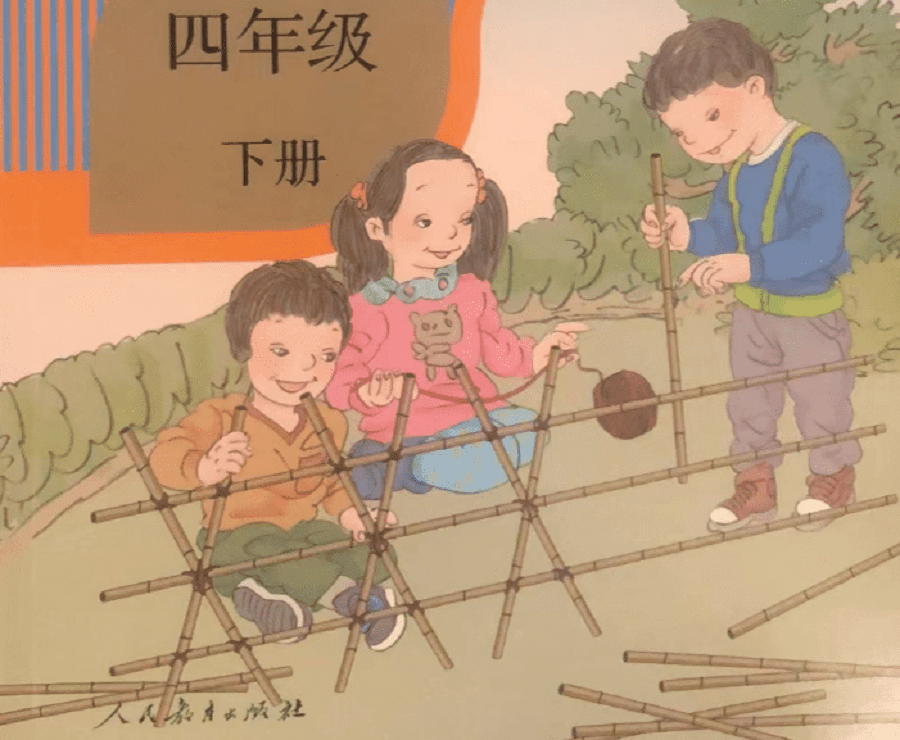
A post on WeChat said it is no coincidence that the artist behind the objectionable illustrations is an alumnus of the school. He must be a product of years of cultural indoctrination by American foundations in China.
Another article on WeChat commented that Wu does not operate alone but in teams, and this is how they have been infiltrating the content of school textbooks.
Inner circle of illustrators and publishers
Netizens also found that Wu's university professor Lü Jingren is the art consultant for the textbooks and a student of Japanese professor Kōhei Sugiura. Lü Jingren's son, Lü Min, designed the cover for the textbooks published by the PEP, while Zheng Wenjuan, another textbook designer, is an editor at the publishing house and also an employee at Wu's studio.
Lü Min, Lü Jingren, Wu and Zheng are all involved in the design, consultancy, publishing, direction and review of the textbooks. The fact that the textbook illustrations could easily pass the review process could also be a result of their relationship with one another.
While this incident will lead to improvement of processes, it is perhaps also true that there has been an overreaction on the part of the public...
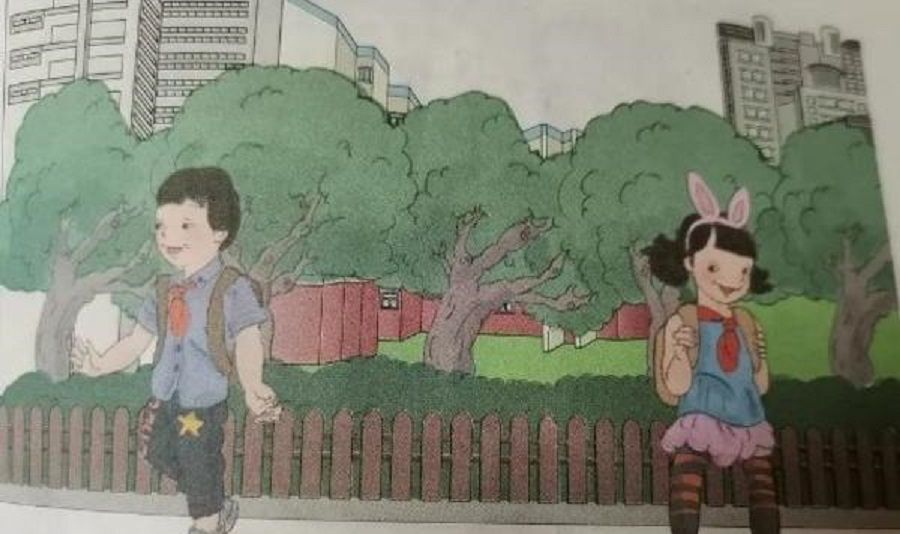
However, what is befuddling is that Wu's textbook illustrations have been widely used since 2013, and it was not until recently that they drew public ire. Some believe that the infiltration of Western influences has been so widespread that the authorities have become desensitised.
Looking at it objectively, these illustrations are indeed distasteful and not aesthetically pleasing. They are inappropriate teaching materials for young children, and it is also understandable that it aroused suspicion. Under public pressure, it is expected that the authorities will launch a thorough investigation.
While this incident will lead to improvement of processes, it is perhaps also true that there has been an overreaction on the part of the public and an exaggeration of the motives of those involved, as well as the supposed pernicious influence of the West.
Related: Are 'slit eyes' an insult to China? | The psychology of facial aesthetics: A cultural perspective | China's crackdown on pretty boys and temple temptresses: Why are Chinese women feeling targeted? | [Photo story] A history of Western illustrations insulting the Chinese | A Singaporean mother in China: The war games Chinese kids play
